|
This post was written for and originally published on Kids' Adventures website - check out their holistic approaches to after-school programs, which are based on movement, mindfulness, and nutrition. Does it ever feel like there are hundreds of thoughts swirling around inside your head? If so, you know how hard it can be to focus on one activity, thought or feeling when your mind is full. Mindfulness, the practice of present-moment awareness, can help us learn to be more attentive. A key aspect of mindfulness is observing ourselves and our surroundings without judgment. In essence, mindfulness promotes being “in the now” with an open and kind attitude towards others and ourselves. Mindfulness is a positive activity for kids because it helps them learn stress reduction tools. We live in a fast-paced world. Classes in school, dynamics at home, social activities, and digital distractions demand more, faster decisions than ever before. This constant pressure can burden kids with anxiety, trigger worry about the future, and cause them to feel burnt-out. It is mentally and physically exhausting to juggle dozens of choices and evaluate decisions. Kids today need tools that enable them to create space to focus on the task at hand and recognize how they feel. This visualization can illustrate how mindfulness promotes focus. Imagine filling a glass jar with sand and swirling it in circles. Each grain of sand represents a thought you have today. As you twirl the jar around and around, try to focus on only one grain of sand. It might feel impossible – and that’s ok! Now, what happens when you set the jar down onto the counter? It becomes easier to focus on one grain of sand!  There are dozens of ways to practice mindfulness. Yoga is one scientifically proven way for kids to learn and benefit from mindfulness. Yoga programs that promote mindfulness often include:
How does mindfulness in education work to benefit our kids? A growing amount of research shows that kids who practice in mindfulness become more present and have greater control over their emotions. This happens because of an amazing concept called neuroplasticity – our brain’s ability to adapt throughout our lives. Essentially, our brain creates new neural pathways when we perform new actions more frequently. Our mind uses these pathways as a blue print for creating habits. During mindfulness activities, for example, kids repeat actions such as the practice of observing one’s feelings, taking a deep breath to relax, or reflecting on something they are grateful for each day. Over time, these actions lead to happy, healthy habits. How does mindfulness promote stress-reduction? Mindfulness helps kids (and adults!) develop stress reduction skills by:
In addition to stress reduction, these skills clear the way for a range of other benefits. Less stress leads to better sleep, heightened creativity, enhanced focus in school, improved body image, and increased self-confidence. When the burdens of stress are lifted, kids feel a deeper sense of peace and calm. Mindfulness in action
I have taught (and learned) mindfulness practices with kids for the last six years. My students and I have found that our attention begins with the breath, a concept that ancient yoga teachers wrote about thousands of years ago. When we engage in the simple act of breathing consciously – e.g., feeling our belly rise when we inhale and relax when we exhale – our mind is focused in one direction. Breathing practices are tools that kids can draw upon on a daily basis. For example, in my yoga programs for kids with cancer, I teach participants how to do several types of breathing practices to use if they feel tired, nervous, or sad. Many of them do these practices during medical procedures. One girl did the Peace Breath whenever she received chemotherapy. One day she shared that, “the breathing [practice] helped me forget about the injection and I didn’t feel nervous. I always feel nauseous from the medicine – but the breathing [practice] helped me feel better!” This spring I saw firsthand another example of how mindfulness helps kids with anxiety. I was teaching breathing practices to Syrian children who had fled their homeland because of ongoing violence and conflict. Many of them suffered from difficulty sleeping and nightmares. In class they learned how to do a relaxing breathing practice that they repeated before bedtime each night. Children shared that the practice helped them forget about their worries and fall asleep more quickly. Some of the parents noted their children had fewer nightmares too. When children experience traumatic events, they often lose control of their feelings. Mindfulness enables them to retake that control and experience a sense of relaxation. Try it out! What makes mindfulness practices successful? They have to be FUN! Mindfulness can seem like a complex topic – so keeping activities simple is best. One of my favorite activities is Peace Breath. It’s a fun way to learn how to focus your mind and it promotes a sense of relaxation. Give it a try! Peace Breath For this practice we will say the word "shanti". Shanti means "peace" in Sanskrit. Sanskrit is a language from India. Shanti is the kind of peace where you feel calm AND happy! How do you say Shanti? Start by making the sound "shhh" and slowly saying "aawwn". Just like the name Shawn! Then say the word "tee", and make the "ee" sound at the end last a long time. Let’s practice!
Download a PDF of Peace Breath and see other practices for children.
0 Comments
Teaching yoga to children is always refreshing. They keep you on your toes, think of quirky new pose names, and infuse the class with a beautiful presence for what they are feeling. They don’t want elaborate explanations about how a pose may make them feel – instead, they want to feel the pose themselves.
Teaching children, in any capacity, is an act of being fully present and creative in order to work with what’s available and interesting to them. My five-year-old niece recently gave me a reminder of this notion. I’m blessed to share yoga with Phoebe regularly when I visit my sister. Unicorn and Princess Wave are her favorite new poses (formally known as Dancer and Mountain Pose). She loves acroyoga games and inversions. I was watching Phoebe earlier this week. After baking cupcakes and whipping up homemade frosting, she was zipping around the house with excitement about her treats. I was serving up dinner and trying to convince her that it was time to calm down and eat. Our exchange went like this: Me (asking nicely with a bribe): Phoebe – let’s sit down and eat dinner, then we can have cupcakes! Phoebe (running in and out of the kitchen): But I CAN’T. I’m to e-x-c-i-t-e-d!!! WANT cupcakes! Mmmmmmm. Me (trying to be rational): You can have a cupcake after you eat. Otherwise, you could get a bellyache from all the sugar. Phoebe (still running around): MMMM. They will be SO good! YUM! After repeating my bribe and rationale again with no success, I realized that I either had to get sterner or get on her level. I had a split –second daydream of her peacefully doing extended exhalation to slow down her racing mind and heart. There was no way I’d convince her to sit down and count her breath, I thought. But I tried. I took a seat on the kitchen floor. Me: Ok girl, we want cupcakes after dinner! How many do you want? We have to take a big breath in and out for every cupcake. I’m going to take at least ten breaths so there might not be cupcakes left for you! Phoebe (sitting on the floor now): CUPCAKES! Wait for me! I started doing a simple breathing practice and she followed. We closed our eyes, stretched our arms overhead, and took in a deep breath. On our exhale we softly said “one cupcake” and brought our hands down to our hearts. We repeated several more times. She did eight rounds for eight cupcakes, which she calmly declared would be enough before bed and that she was ready for dinner. Without me asking, she took a seat at the dining room table. I was amazed – was this the same child that was running in and out of the room just minutes before? Over dinner we listed out all the ingredients in our upcoming deserts and came up with future recipes. She wasn’t aware that I snuck in pureed carrots so I left that one out. Afterwards, we each iced one cupcake and enjoyed our well-earned treats. Children offer us these beautiful reminders every day – be present, be creative, and work with what you have at that moment. There is a wonderful expression in Arabic that captures the essence of our lab’s work: “al haraka baraka.” In English this means “movement is a blessing”. This saying may ring particularly true for pediatric cancer patients and survivors who are coping with treatment related side effects such as fatigue or nausea. Access to adapted physical activity programs offers children an engaging and fun opportunity to ease those side effects. In fact, a growing body of research shows that physical activity (such as yoga, aerobic training, and resistance training) improves the health of children at all stages of cancer treatment [1].
This summer I had the honour of sharing yoga with children at the Huda Al Masri Pediatric Oncology Unit in Bethlehem, Palestine. I first met with Dr. Mohammed Najajreh, the head pediatric oncologist, and his team of nurses and social workers. They currently offer a number of activities to brighten the children’s’ moods, such as regular birthday celebrations and visits from storytellers. Dr. Najajreh and his team are expanding supportive care services and were enthusiastic about including yoga among the children’s’ daily activities. As an introduction to the topic, we first reviewed research on the benefits of yoga for children during cancer treatment. These include:
The following day I taught yoga to acute lymphoblastic leukemia patients and their family members. The class focused on simple stretching poses to promote circulation, and mindful breathing activities to enhance relaxation. We also wove in the fun factor and the children tried to trick their mothers in the yoga game ‘mirror mirror’, where one person must mimic another person’s movements. Just like our YTY classes in Calgary, the children joked about new names they invented for the yoga poses. Some of my favorite ones were “the fish who can’t run” and “I’m falling asleep in class”. After the session, parents were eager to review selected poses that they thought could help their child relax before bedtime. I then held shorter one-on-one yoga sessions with patients and their parents to provide more detailed instructions on select poses. Dr. Najajreh and his team are as committed to promoting their patients’ quality of life as they are to treating their diagnoses. They are also open to exploring new interventions that may benefit their patients’ overall health and wellbeing. After the visit, they expressed their excitement at the prospective of including yoga as one such activity that offers multiple benefits to the children and their families. In fact, they recently connected with a local organization specializing in pediatric cancer care services and hope to identify a yoga teacher in the Bethlehem area. It will be exciting to collaborate with the Huda Al Masri Pediatric Oncology Unit and continue the translation of research into a practical program. This visit provided the opportunity for a first meeting. In addition, our lab donated six yoga mats as well as cancer and exercise materials to the unit. Future ideas include partnering with their team to adapt and translate program and training resources for clinicians, families, and yoga teachers. Such collaboration will make resources available in Palestine as well as to Arabic speaking families here in Calgary and, ultimately, expand supportive care programs for children with cancer. This blog was originally featured on the University of Calgary’s Health & Wellness Lab blog. 1. Baumann, F.T., W. Bloch, and J. Beulertz, Clinical exercise interventions in pediatric oncology: a systematic review. Pediatric Research, 2013.74: p. 366–374 2. Moody, K., et al., Yoga for pain and anxiety in pediatric hematology-oncology patients: case series and review of the literature. Journal of the Society for Integrative Oncology, 2010. 8(3): p. 95-105. 3. Thygeson, M.V., et al., Peaceful play yoga: serenity and balance for children with cancer and their parents. Journal of Pediatric Oncology Nursing, 2010. 27(5): p. 276-84. 4. Geyer, R., et al., Feasibility study: the effect of therapeutic yoga on quality of life in children hospitalized with cancer. Pediatric Physical Therapy, 2011. 23(4): p. 375-9. 5. Wurz, A., et al., The feasibility and benefits of a 12-week yoga intervention for pediatric cancer out-patients. Pediatr Blood Cancer, 2014.61(10): p. 1828-34. |
It is a tremendous honor that my article on sharing yoga with Syrians won "Yoga Article of the Year" in Seattle Yoga News. Endless gratitude to everyone who was part of and supported this inspiring project.
Archives
July 2017
Categories
All
|
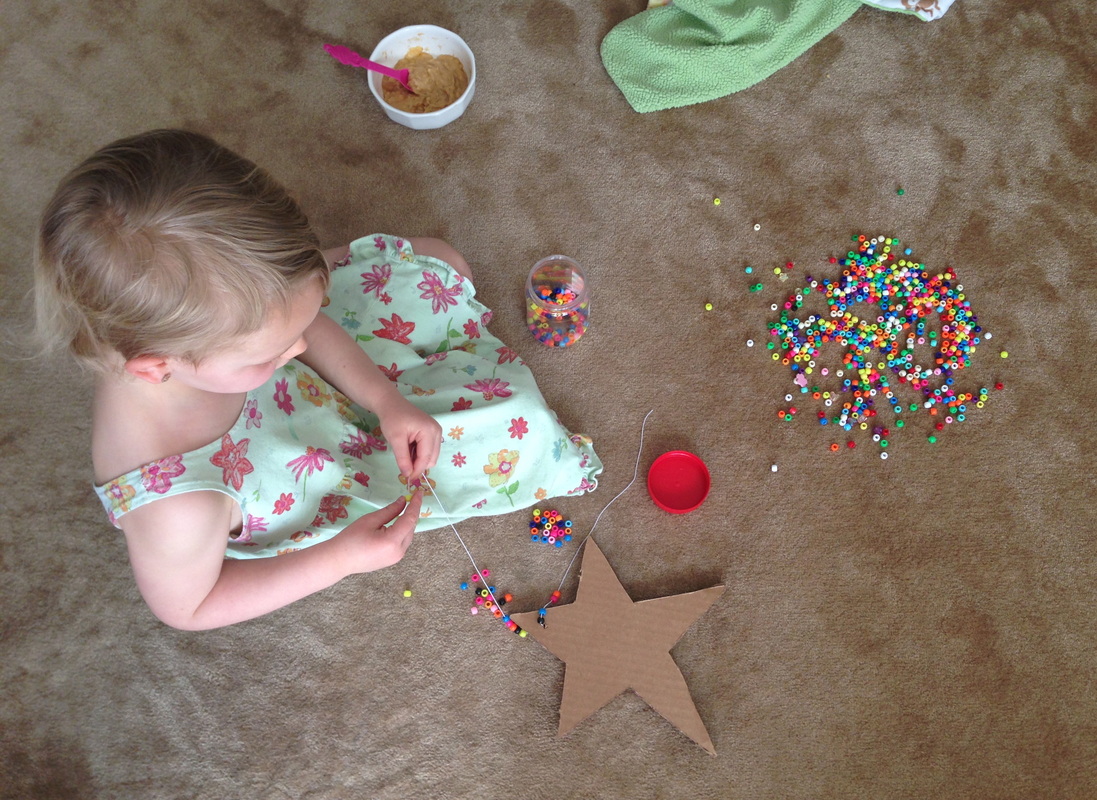
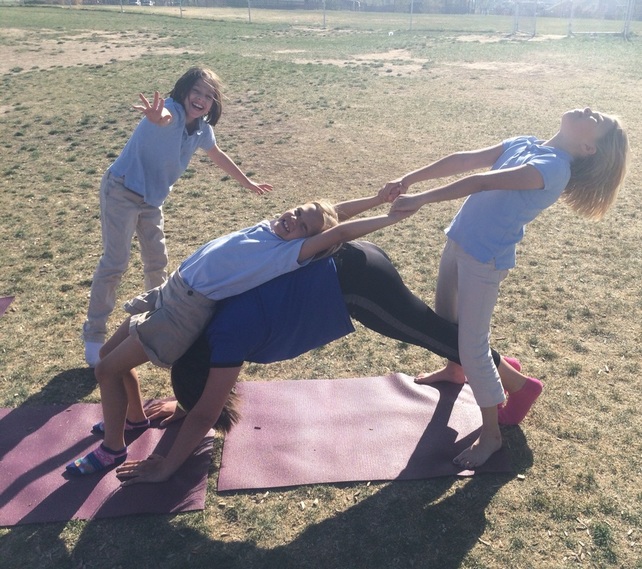
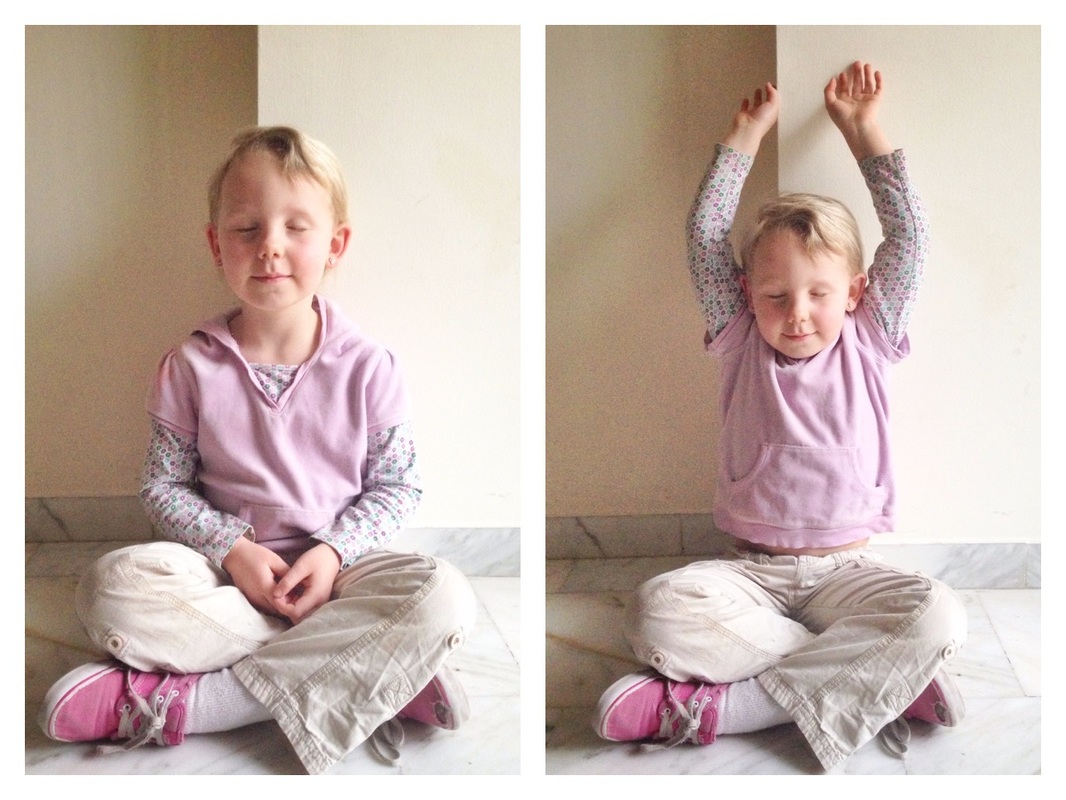
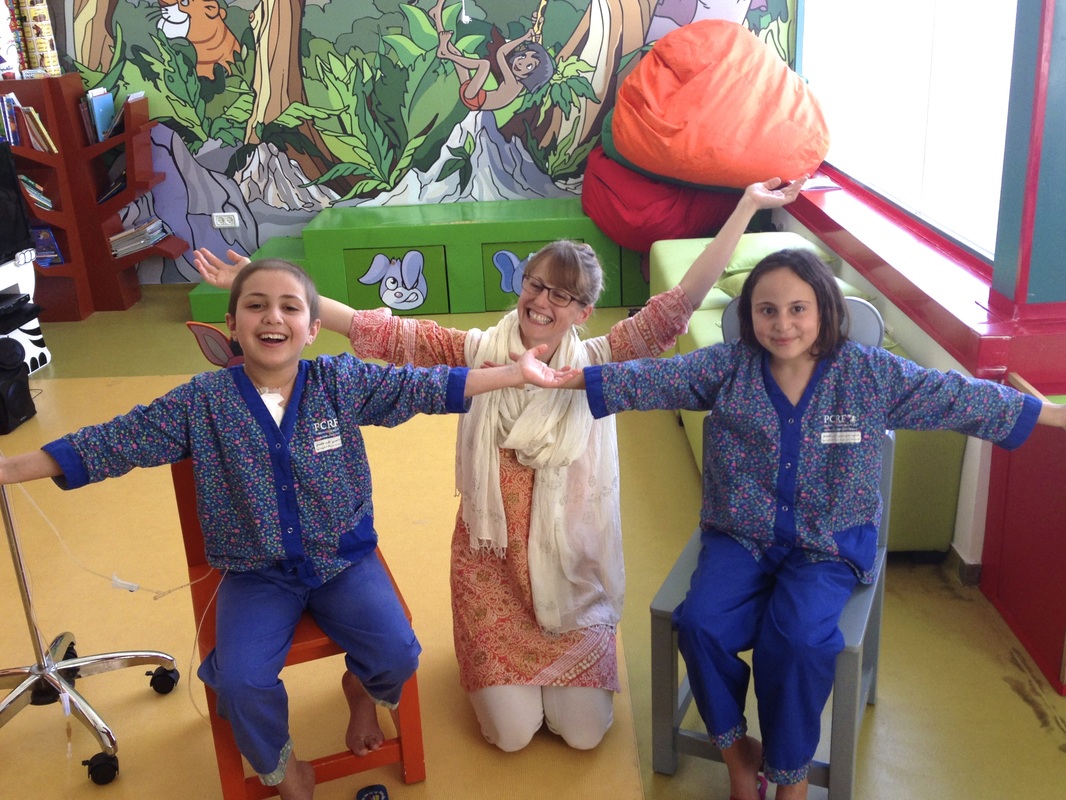
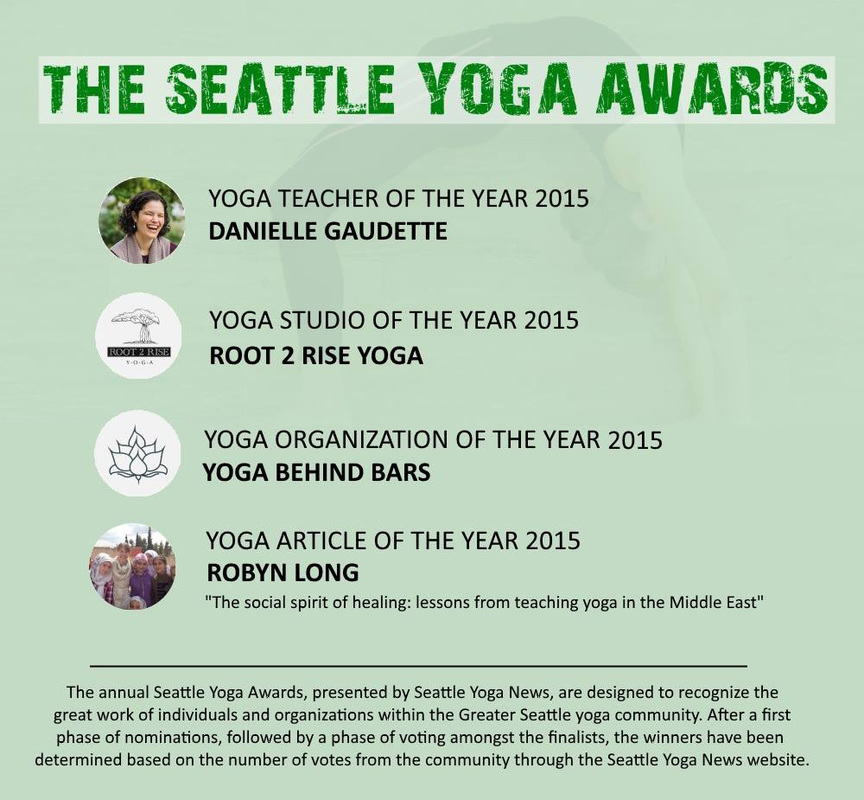
 RSS Feed
RSS Feed